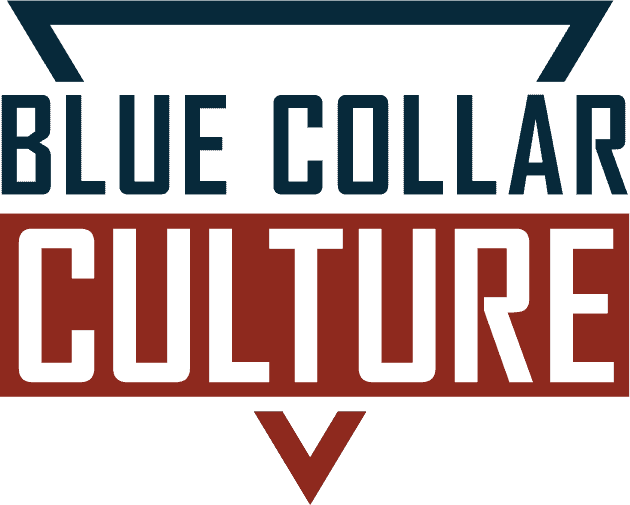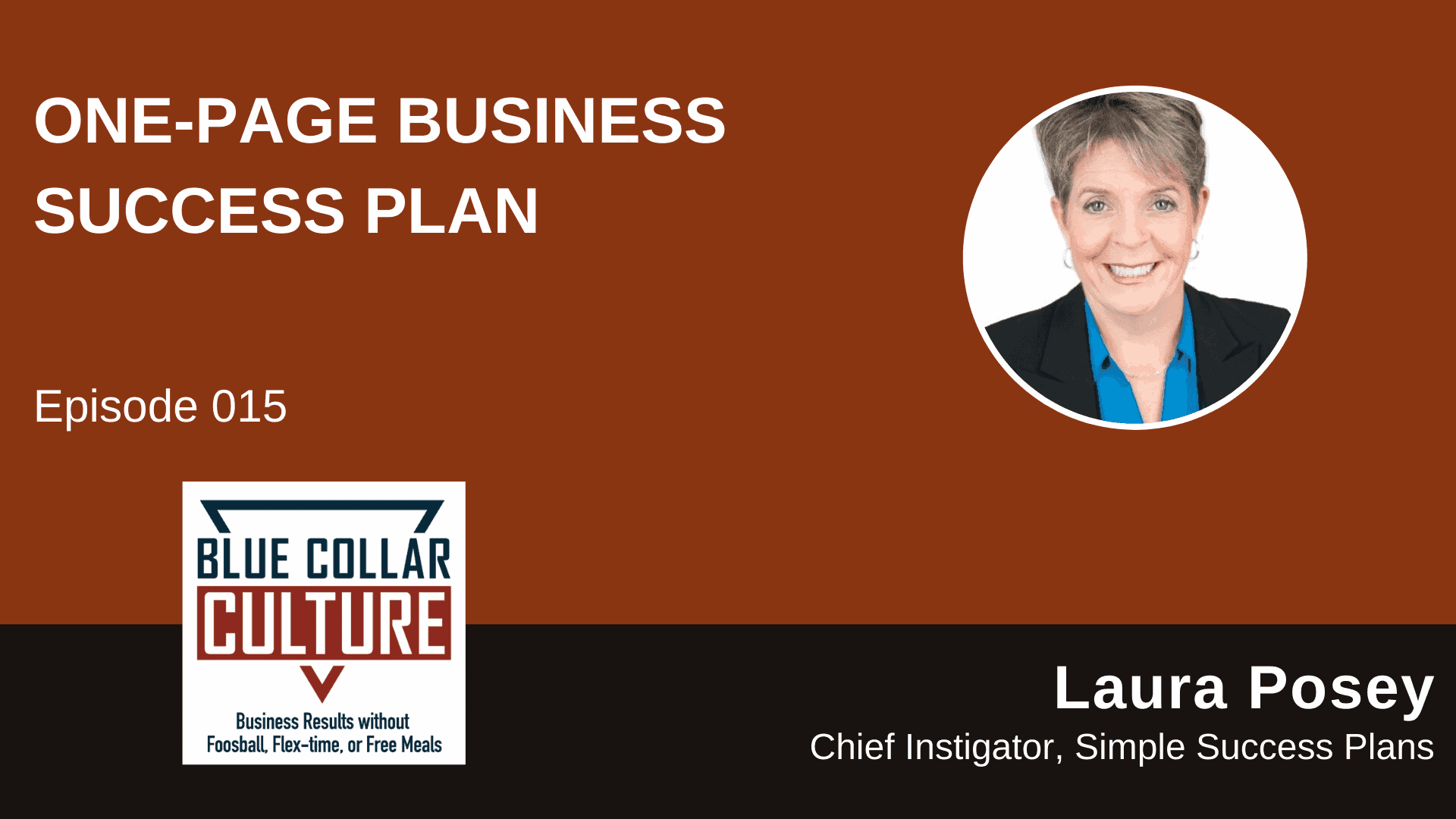In the popular imagination entrepreneurs fly by the seat of their pants… make bold decisions on a whim. Inspiration and a “go-for-it” attitude are certainly part of breakthrough businesses.
But, says Laura Posey, you mustn’t forget to plan. Without a plan you won’t have a clear path to success, know what you need to do to get there, or even recognize what success looks like.
Laura says planning shouldn’t take long – just a few hours for an entire year. And your plan shouldn’t take up more than a page. Those limitations, she explains, force you to focus on “the stuff you deeply care about.”
We talk about what must be in a plan, what you can leave out, how to communicate your vision to your team and get their buy-in, and much more.
Tune in to find out…
- The two biggest – and most dangerous – myths about planning
- How to maintain your passion for your business and stay motivated
- The first step to make your business plan (and it has nothing to do with your business)
- Why the more time you spend on your plan… the worse it gets
- And more
Listen now…
Mentioned in this episode:

